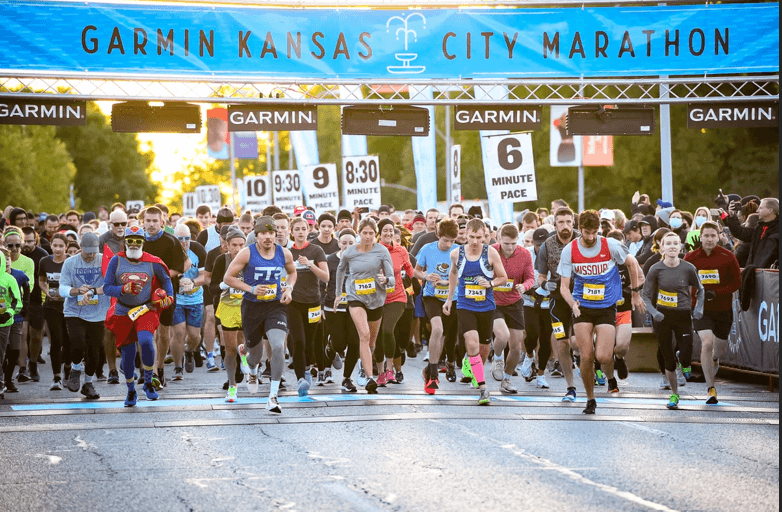
The Kansas City Marathon has been an integral part of Missouri’s athletic culture since its inception in 1979. Over the years, it has grown into one of the Midwest’s premier long-distance races, drawing runners from all over the country. Held annually every October in Kansas City, Missouri, the marathon not only tests the endurance of its participants but also celebrates the city’s history and culture.
As one of the most renowned marathons in the region, the Kansas City Marathon offers a challenging yet rewarding course that is widely recognized. Its reputation extends beyond the Midwest, as it is also a qualifying race for the prestigious Boston Marathon. Thousands of runners participate each year, making it a significant event in the national racing calendar.
Landmarks Along the Course
One of the most striking features of the Kansas City Marathon is its scenic course, which takes runners past some of the city’s most iconic landmarks. The race begins near the World War I Museum & Memorial, a historic site that pays tribute to those who served in the war. The museum’s towering Liberty Memorial serves as a breathtaking backdrop, setting the stage for an unforgettable marathon experience.
Midway through the course, runners make their way through the renowned Country Club Plaza. Known for its Spanish-inspired architecture, upscale shopping, and vibrant nightlife, this area adds a distinct charm to the marathon route. Spectators often gather here to cheer on the participants, creating an electric atmosphere that fuels the runners’ determination.
As the race progresses, runners pass by the Nelson-Atkins Museum of Art, a world-class institution housing an extensive collection of masterpieces. The museum’s iconic Shuttlecocks sculpture is a well-known symbol of Kansas City and a visual highlight of the marathon course. This section of the race provides a mix of urban scenery and cultural enrichment.
Community Involvement and Charitable Impact
The Kansas City Marathon is more than just a race; it is an event that fosters community engagement and philanthropy. Over the years, proceeds from the marathon have gone toward supporting numerous local charities. Organizations focusing on education, health, and social services benefit from the funds raised, further solidifying the marathon’s role as a pillar of community support.
A key component of the marathon’s success is the dedicated network of volunteers who contribute their time and effort. From distributing water to providing medical assistance, volunteers play an essential role in ensuring the event runs smoothly. Their involvement enhances the experience for both runners and spectators, making it a truly community-driven event.
Qualifying for the Boston Marathon
Many runners view the Kansas City Marathon as a steppingstone to the Boston Marathon, one of the most prestigious races in the world. With its certified course, the Kansas City Marathon offers athletes the chance to earn a qualifying time, making it a highly competitive event.
Due to its hilly terrain, the Kansas City Marathon presents a unique challenge for those aiming to qualify for Boston. Runners must prepare diligently to tackle the course’s elevation changes while maintaining their target pace. The demanding nature of the course makes it an excellent proving ground for serious marathoners. With the increasing popularity of sports betting, Missouri betting sites have seen a surge in activity around major sporting events, including the Kansas City Marathon. Enthusiasts place wagers on race outcomes, adding another layer of excitement to the event.
While marathons are traditionally about endurance and personal achievement, the rise of sports betting has introduced new dynamics to the racing scene. Spectators and bettors alike follow the top contenders closely, making the event even more engaging.
The Future of the Kansas City Marathon
As the Kansas City Marathon continues to grow, organizers are exploring ways to enhance the race experience. This includes expanding the course, improving organization, and increasing prize incentives to attract elite athletes.
With advancements in race-tracking technology, runners can now monitor their progress in real-time, receive live updates, and share their achievements with friends and family. The integration of new technology is expected to further elevate the marathon’s reputation in the coming years.
The Kansas City Marathon stands as a historic and culturally rich event that displays Missouri’s heart and soul. From its scenic course featuring iconic landmarks to its role as a Boston Marathon qualifier, the race continues to captivate participants and spectators alike. As the event evolves, its impact on the running community and local charities only strengthens, ensuring its legacy for generations to come.
